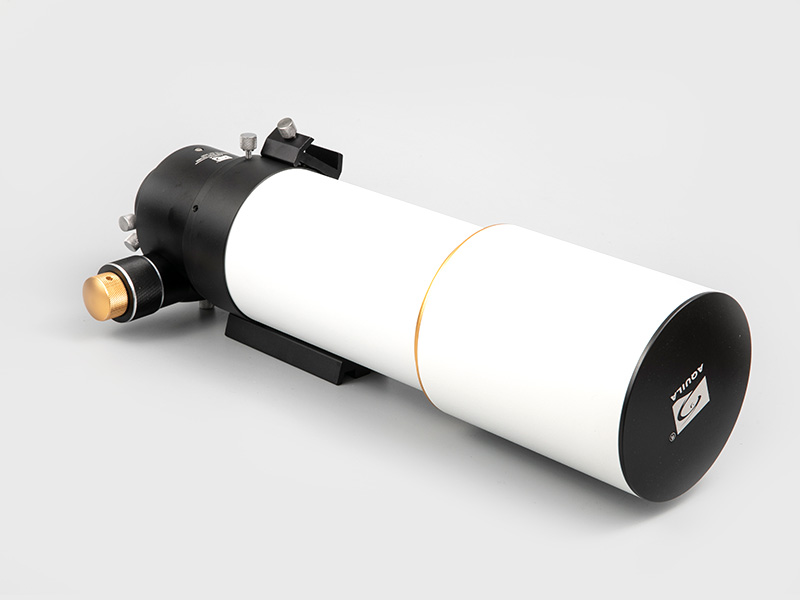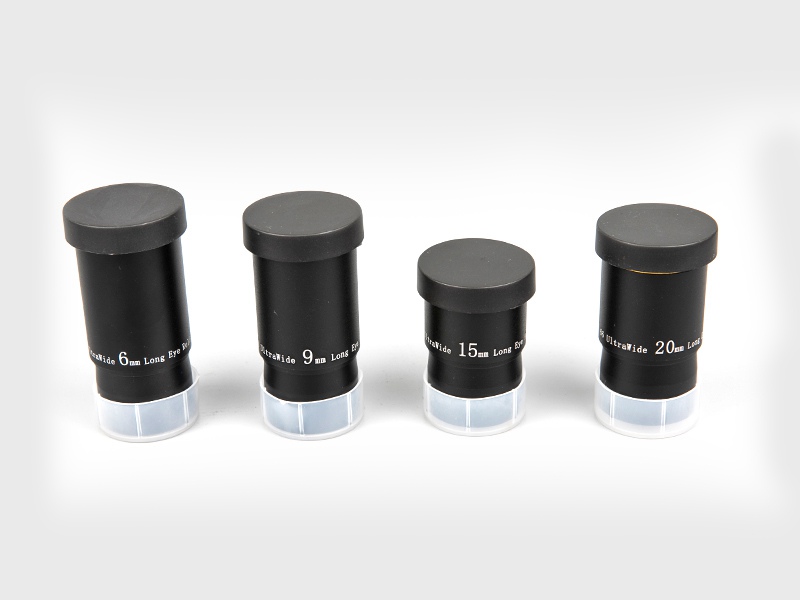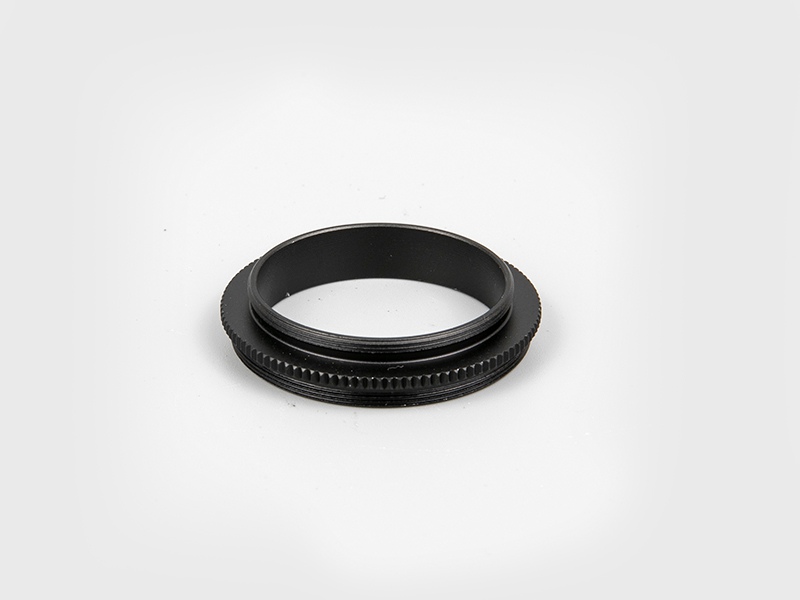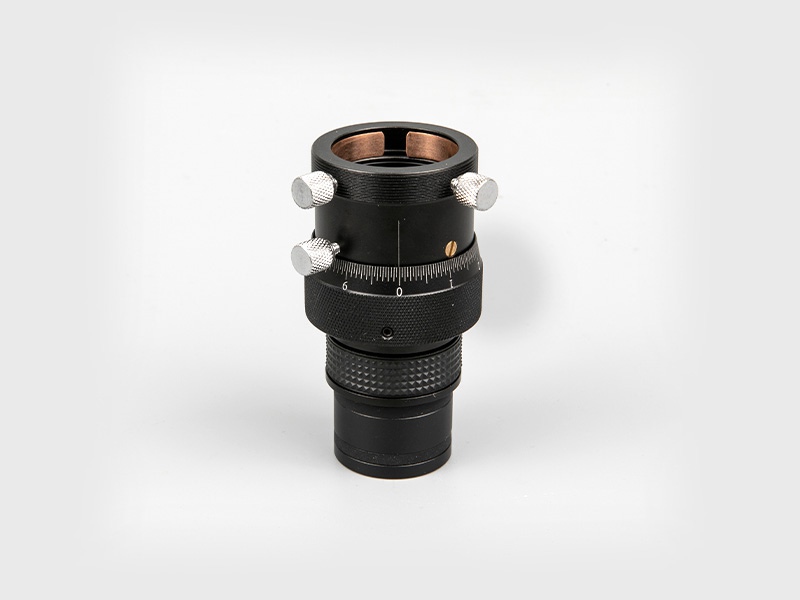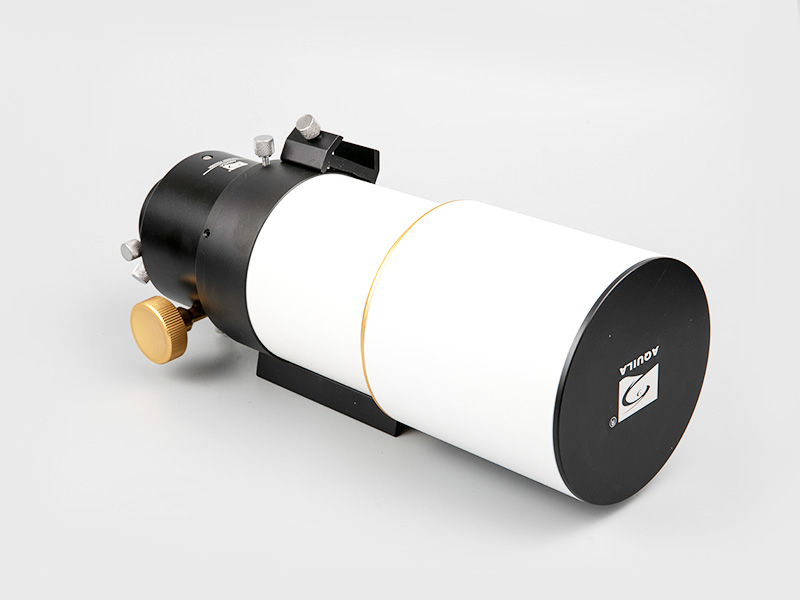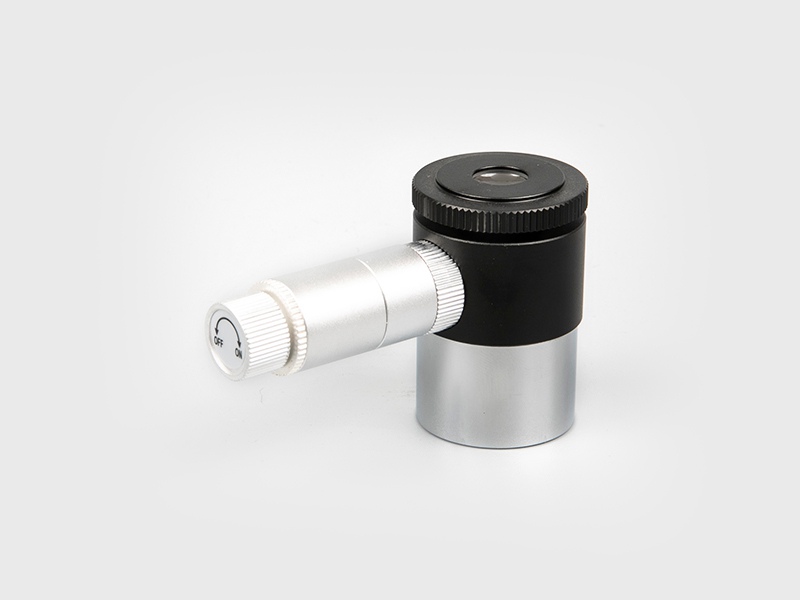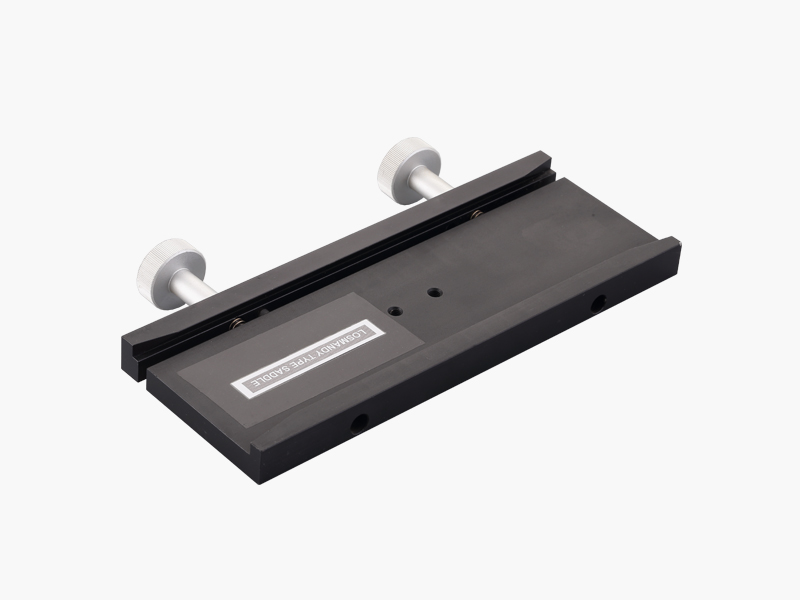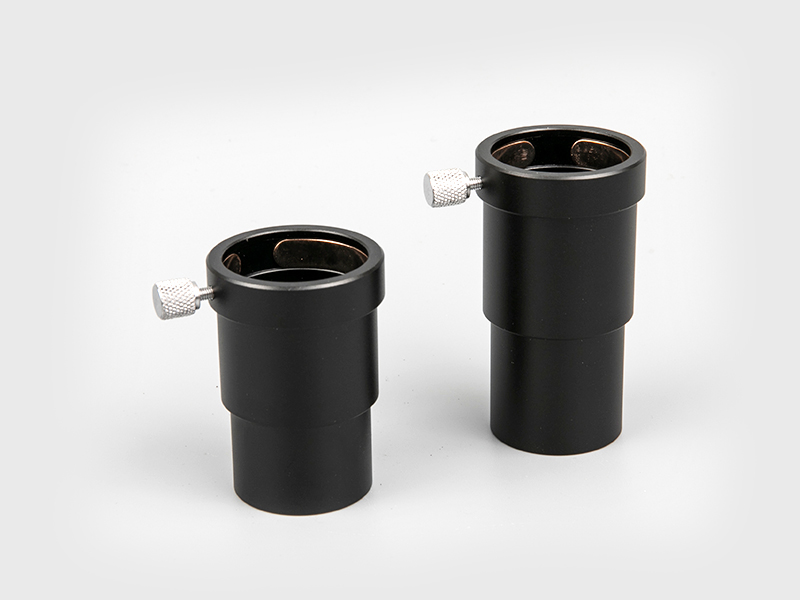I remember when I was young, TVs and air conditioners were not as popular as they are now. On hot summer nights, everyone went to the courtyard to escape the heat and cool off. Looking up at the sky, there are always stars. That beautiful and crystal clear starry sky will be deeply imprinted in my mind, unforgettable. Later, when I went to school and met Galileo in the textbook, I realized that I could see farther with a telescope.
The birth of the telescope in 1608 was a major event in the history of human civilization, which had a profound impact on the development of society, science and culture. Things are changing, and technology is advancing with each passing day. Telescopes are no longer just a rare thing for a few people to engage in scientific research, but have become a good helper for people to relax, cultivate interest, and enlighten education. With the improvement of living standards, a large number of curious teenagers and adults with childhood dreams have joined the ranks of astronomy enthusiasts. But with the wide variety of telescopes on the market, how do novice hobbyists use them?
1. Bracket and main mirror installation
Building a house does not have a solid foundation, no matter how beautiful a house is, it is just a castle in the sky? The mass of amateur astronomical telescopes is generally more than 1 kilogram, and the weight can reach tens of kilograms. Only a stable bracket can maximize the effectiveness of the telescope. And many beginners often ignore this problem and often focus on the lens barrel. In order to obtain better observation results, astronomical observation activities are usually carried out in the wild. If the wind speed is high (this situation often occurs, especially in the mountains) and the support is not stable, let alone enjoy the fun of stargazing, the eyes have to be affected. . The tiny vibration of the bracket will be magnified by the telescope dozens to hundreds of times. What you see is that the target celestial body shakes violently in the field of view, making it impossible to observe. There are two types of telescope mounts: horizon theodolite and equatorial mount. The horizontal theodolite is lightweight, simple to set up, and easy to debug. It is suitable for beginners to cultivate interest in observing celestial objects, that is, they need to constantly adjust the micro-handle to track the celestial object during observation. Equatorial mounts are suitable for high magnification planetary observation and astrophotography.
2. Horizon theodolite
It is generally two-stage telescopic, and the operation is very simple. First, unfold the tripod, adjust the height of the bracket according to your height and lock the fixing button; then, connect the lens barrel ring to the theodolite, don't forget to tighten the screws; then install the main mirror into the lens barrel ring and fix it. If the lens barrel is heavy, it should be more secure for two people to work together. After Z, install the horizontal and vertical jog handles. When using, first loosen the horizontal and vertical fixing buttons, point the lens barrel to the target, and then tighten the two fixing buttons, and then turn the two micro-motion handles to adjust the position of the Z rear.
Equatorial mounts are generally used by amateurs with certain observational experience. But the author is not against beginners, just be careful. Here we only introduce the most widely used German equatorial mounts. The installation of equatorial mounts is more complicated than theodolites. The general process is as follows:
(1) Unfold the tripod and adjust the height.
(2) The body of the equatorial mount is connected to the tripod stand.
(3) Install the heavy hammer rod and the lens barrel ring.
(4) Tighten the right ascension and declination fixing buttons, and install the lens barrel and weight.
(5) The right ascension and declination axes are balanced. Adjust the weight position and quantity to balance the right ascension axis, loosen the lens barrel ring to adjust the position of the lens barrel to balance the declination axis. The balance of the two axes is very important, otherwise the tracking accuracy will be affected at light level, and the gear components in the equatorial mount may be damaged in severe cases.
(6) Connect the tracking motor controller and power supply.
(7) The polar axis. For general visual observation, adjust the horizontal and elevation positions of the polar axis, put the Polaris in the polar axis, and the telescope can be considered to be well aligned with the polar axis. When using, first loosen the right ascension and declination fixing buttons, aim the telescope at the target, then tighten the fixing button, and then use the right ascension and declination fine-tuning knob or the controller jog button to fine-tune the position.
3. Coaxial adjustment of primary mirror and finder mirror
After the telescope is set up, it is necessary to adjust the finder mirror to be coaxial with the main mirror.
(1) Install a low-power eyepiece on the main mirror, aim at a distant target (such as a building, a water tower, a tree, etc.) and adjust it to the center of the field of view.
(2) Adjust the fixing screws (usually 3) on the finderscope bracket so that the target aimed at the primary mirror is also at the intersection of the finderscope crosshairs.
(3) Check the field of view of the primary mirror. If the target is offset, re-adjust it to the center of the field of view, and then adjust the finder mirror. Repeat the above process until the center of the field of view of the primary mirror and the finder mirror are coincident with no deviation.
After the main mirror and the finder mirror are coaxial, it is very convenient to find celestial objects. First, adjust the telescope to the general direction of the target through the finderscope, and then guide the celestial target into the eyepiece field of view by fine-tuning.
4. About binoculars and suggestions
Observing nebula clusters, small double observers often instinctively hold their breath to keep still, resulting in brain hypoxia, which affects the effect of observation. So it is also important to keep the body relaxed and breathe naturally and smoothly.
When using the telescope, the focuser handwheel should be turned slightly to focus. The force should be even and the speed should not be too fast. Do not continue to turn the handwheel after reaching the maximum stroke, so as not to damage the focuser. If the hood is retractable, pull it out.
After using the telescope, please cover the lens cover and the back cover of the eyepiece holder to prevent dust from entering. Put away accessories such as eyepieces and finderscopes. Telescopes, equatorial mounts, theodolites, and accessories are best placed in a custom-made padded aluminum box for transportation and storage. Finally, remind enthusiasts not to look at the sun through telescopes and finder glasses without protective measures, which may cause permanent damage to your eyes.
5. Optical axis adjustment
When a general telescope leaves the factory, the optical axis has already started as a tube telescope. 7X50 or 10X50 binoculars can observe stars as dim as 10th magnitude (more than 300,000 in total), not only cheap, but also has a wide field of view and is easy to carry. Browsing the Milky Way is the best use for this type of telescope, and it also observes dozens of gas nebulae as well as open and globular clusters. Observing with binoculars is one of the best ways for beginners to get familiar with the sky, and it can also lay a solid foundation for future astronomical practice. Many foreign amateurs take a pair of binoculars when they go out to observe.
Here are some more suggestions for fans:
(1) Always keep at least one star map, the printing quality is better, and it is easy to carry.
(2) Frequently consult astronomical journals or browse online astronomical forums to obtain timely information. If there is an amateur astronomy organization in the local area, please actively join in, and everyone can learn from each other and make progress together.
(3) When going out for observation, please bring warm clothes and communication tools. It is best to walk together and pay attention to safety.
(4) Be modest and prudent, be bold and careful, and be not ashamed to ask questions. I believe you will gain something.

 English
English 日本語
日本語 Deutsche
Deutsche España
España
